Can you tell us a bit about your experience in the industry and how you got your start as a cinematographer?
MP: Since early high school, I knew I wanted to be a cinematographer. I think I was attracted to the unique combination of art and science. I went to film school at the University of Utah in Salt Lake City to learn to be a narrative feature cinematographer. Little did I know that I would soon fall into, and in love with, documentaries!
After graduation, I moved to New York and started working at AbelCine in the rental department. It was there I got to meet working ACs and cinematographers, many of whom were working in docs. I fell in love with their stories, the travel and the unique challenge of shooting beautiful images with an "anything for the story" mentality. It was exciting!
I worked as a camera assistant for ten years, learning from some of the best doc DPs (and sound mixers) in the business before transitioning to a being cinematographer. This really helped shape my style and approach to story, as well as how to effectively and sensitively maneuver a scene.
While I've worked on many films with different directors, it has probably been my relationship with Matthew Heineman that has brought me my most interesting work. I AC'd and shot second camera on Matt's film called Escape Fire: The Fight to Rescue American Healthcare, which was co-directed by Susan Froemke and shot by Wolfgang Held. That film began a long-running relationship with Heineman, where I went on to shoot Cartel Land, nominated for an Academy Award and winner of a Primetime Emmy for cinematography, The Trade, a 5-part documentary series for Showtime about the opioid epidemic, as well as collaborating on City of Ghosts.
Overall, I enjoy shooting vérité films that offer a deeper and more nuanced study of people and their stories across a wide range of situations and emotions.
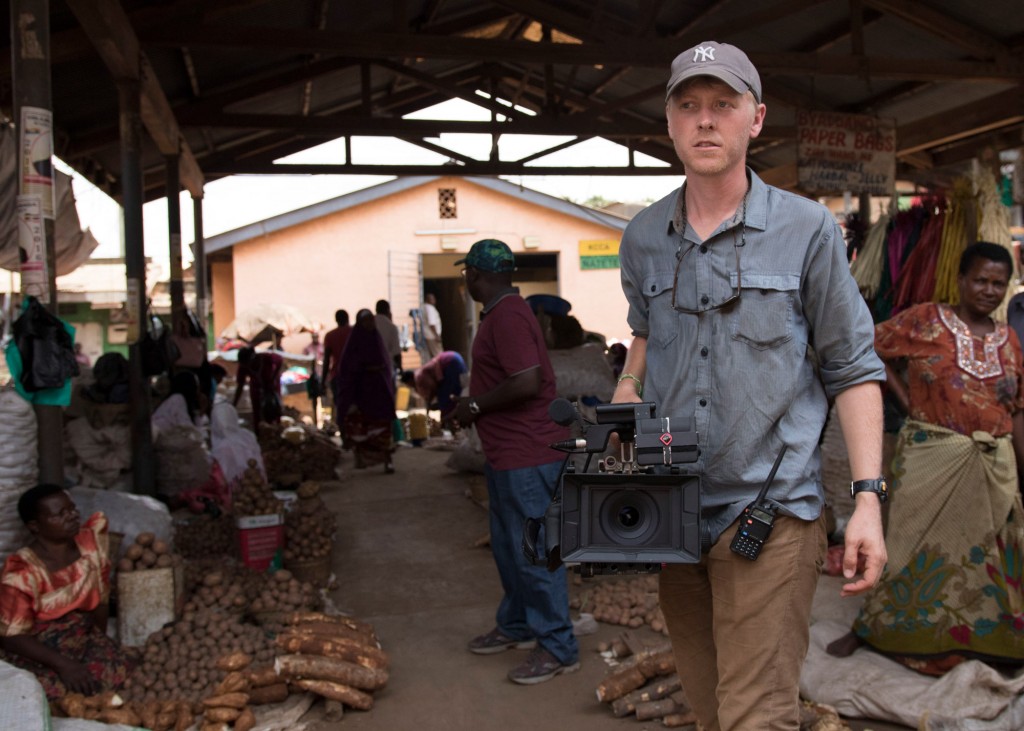
Where do you draw your inspiration?
MP: As a documentary cinematographer, I find many ways of drawing inspiration. I love to travel. The smells, the colors, the sounds, and the language of a place all give me a deeper insight into what lies beneath the surface.
I also learn so much from watching the work of others. Whether it's going to a film festival and seeing films shot by my fellow cinematographers or following the work of Magnum photographers on Instagram, I love seeing how others translate the world through a lens.
I am incredibly inspired by the people I film with on a daily basis. As a documentary crew, we get the opportunity to step into a world we otherwise would never experience and film with people who live incredible, yet oftentimes tragic, lives. They inspire me to treat the gift of their story with honesty and respect.
Is there a camera you typically choose for capturing these stories?
MP: I am a big proponent of the Canon Cinema EOS cameras for documentary work. I owned the original C300 when it first came out and fell in love with its size, adaptability, button and menu layout, and of course its image quality. It was a no brainer to upgrade to the C300 MK II when it was released, and I haven’t looked back. It’s such a flexible camera that allows me a lot options for how I build it. Because of these factors, I’ve shot most of my films on the C300 / C300 MK II – Cartel Land, The Trade, Hate Rising, and the upcoming Lights Camera Uganda and Tigerland for Discovery. I’ve shot with this camera on four continents in extreme weather conditions ranging from -30° to 110° with absolutely no issues. In my opinion, it’s the perfect documentary camera.
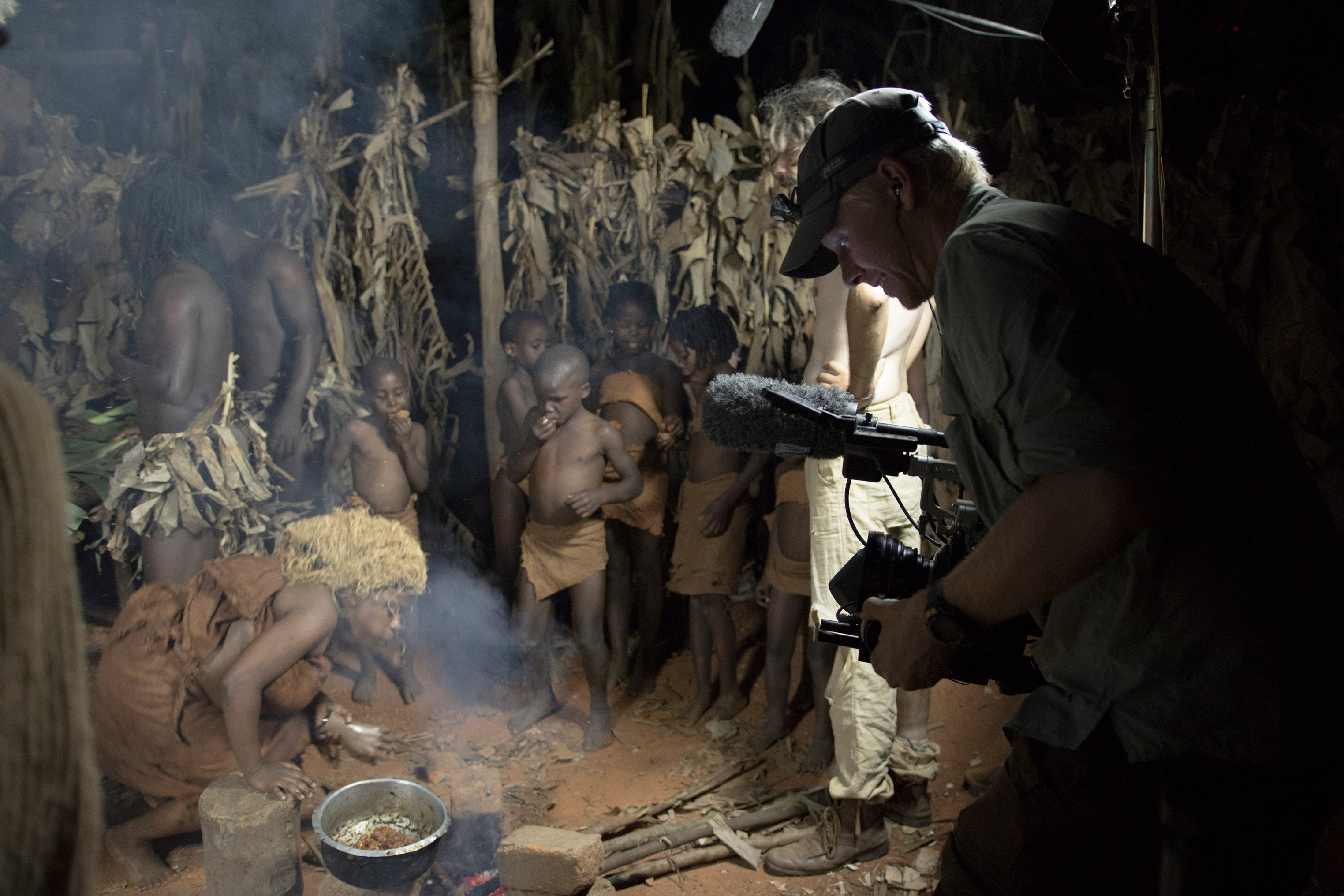
You mention shooting in extreme weather conditions, but what are the lighting situations like?
MP: Since I primarily shoot vérité films, I am rarely using augmented lighting, except for interviews. Even then, I oftentimes only travel with one light. On Cartel Land, we had one Litepanels 1x1 and only used it for very small number of interviews in the film. On The Trade, I think I used it twice for a 5-hour series! That’s the beauty of the C300 (MK I & MK II). It’s incredible in low light and has such a high dynamic range that you don’t really need lighting. It really just comes down to finding the best light in a space and working your camera around that.
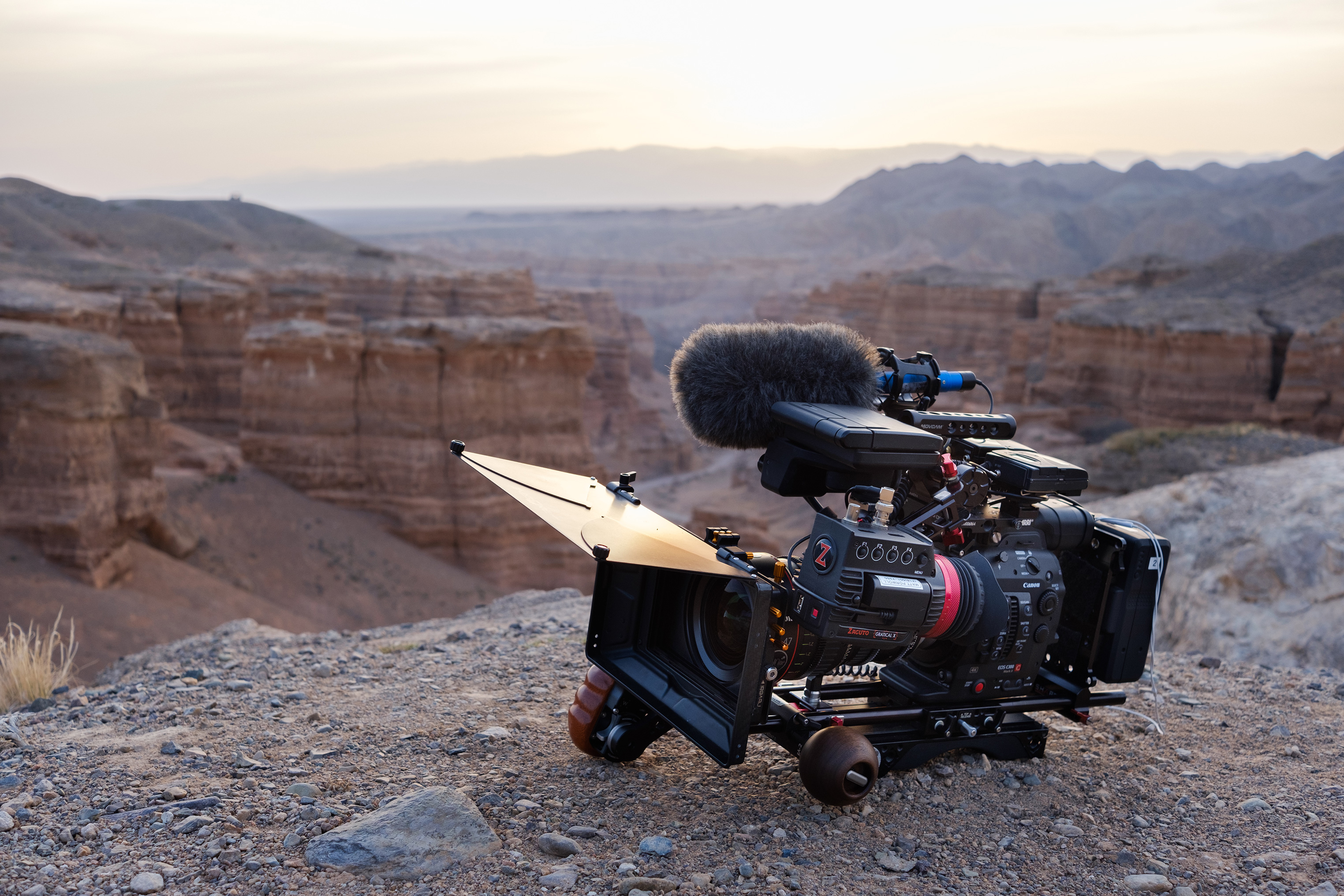
Can you give us some details on how you chose to rig your camera for these projects?
MP: At the end of the day, all the rigging that goes into a camera build should solely exist to remove the element of distraction from shooting. You can’t have the camera fighting you. It needs to become an extension of your body so you can be as fluid as possible.
I am a fan of a slightly heavier camera to smooth out my handheld. I either shoot from my shoulder to keep a proper eyeline, or shoot from hip-height off my ThinkTank Photo belt when people are seated. With that said, my C300 MKII camera rig is constantly evolving.
I use the Wooden Camera Unified Baseplate attached to the dovetail of their VCT Shoulder Pad. This allows me to seamlessly switch from the shoulder to a tripod, as well as being able to quickly re-balance my camera when using a variety of lenses. Off the front rods, I have a 15mm bridgeplate with a right-handed, wooden, Aaton-style grip with start-stop. I use the awesome new Wooden Camera push-button rosette adapters, which let me quickly and easily reposition the handgrip without loosening and re-tightening screws. What a life-saver! On the left, I have an Ergocine Sphere to rest my palm into.
Off the back, I have a gold-mount battery plate that can power my camera and accessories. On the front side of the battery plate, I can velco a wireless audio receiver for reference sound. At the very end of the camera, I can mount a Teradek Serv Pro that sends a video and audio feed via Wi-Fi to anyone’s iPhone. It’s a great solution for giving the director eyes and ears without lugging around a director’s monitor and more batteries.
The top of the camera is what has varied from project to project. For The Trade, we were an insanely small crew of just a producer and cinematographer. This meant I was also running sound, but it all needed to mount on-camera. I mounted the Canon LCD clamshell off a 15mm rod to better position it for shoulder use, but could then swing the monitor around when shooting from the hip. I had 2 cold shoe adapters on the top plate to mount my Sennheiser G3 receivers (one for lav, one for wireless boom), and of course always have a good camera mic! But since we were constantly in and out of cars, I needed the ability to strip down the camera to a smaller size. This is where the Wooden Camera Unified Plate came in handy. Since all of my audio was mounted on the camera itself, I could just unplug the Gold Mount battery plate and lose the shoulder rig all together. It was invaluable for that series.
With my more recent projects, I’m not running-and-gunning the way I was on The Trade, so I have a little more flexibility with how and where I mount accessories. I have switched to using a Gratical EVF and replaced the LCD clamshell with the LM-V1 monitor and MA-400 Audio Adapter combo. This lets me mount the LM-V1 off a short Noga Arm and use it for hip-level shooting or interviews and mount the MA-400 off the battery plate for better cable management and weight distribution.
Gone are the days of an out-of-the-box camera system like the Aaton or VariCam, but with the modern erector-set-style rigging comes a much more flexible and adaptable camera build for a wide range of projects.
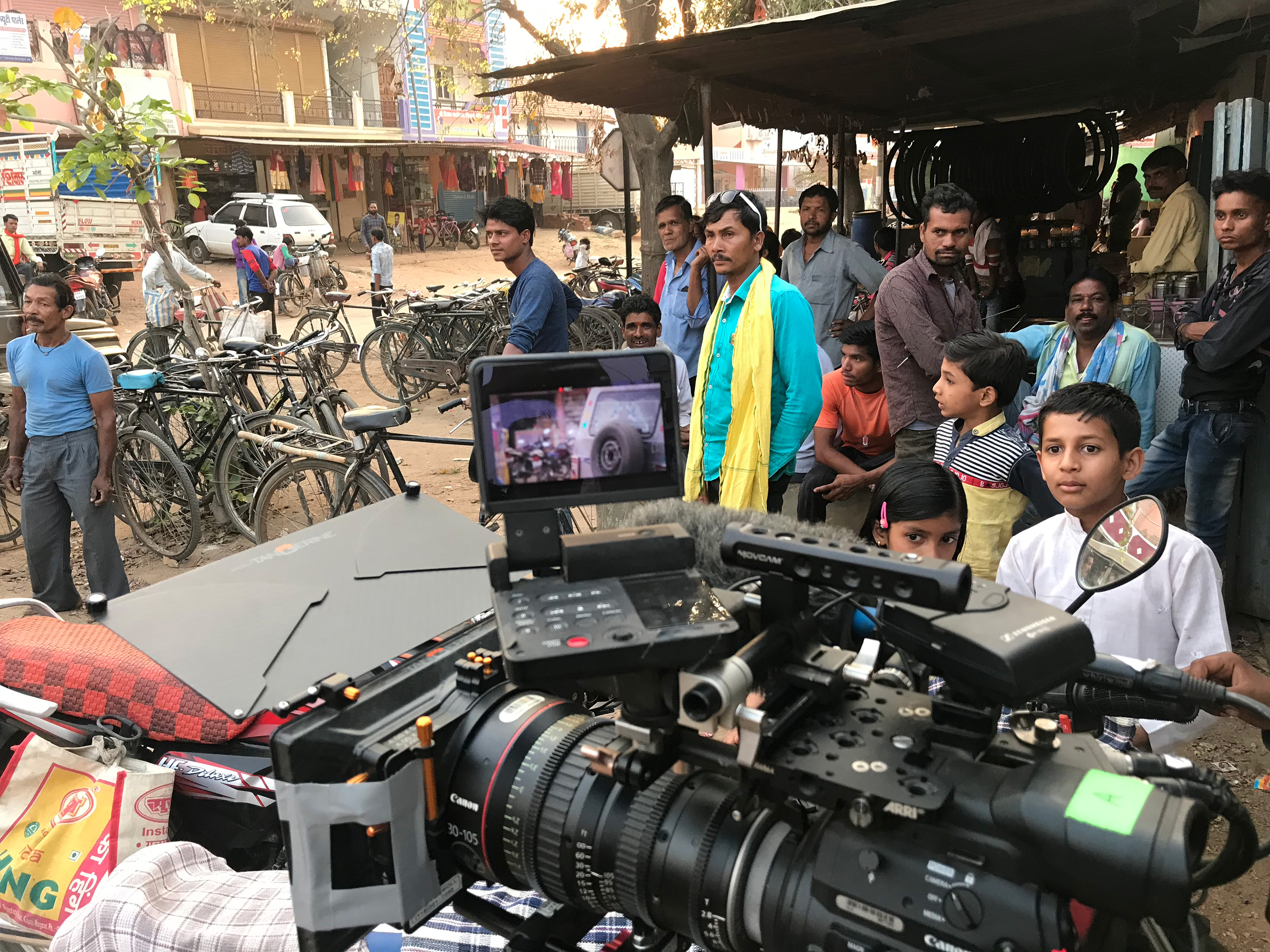
What lenses did you choose for these projects, and why?
MP: For me, the lens question is always a balancing act between optical quality, character, and ergonomics. As you saw in my Behind the Lens series with Abel, I oftentimes care as much (if not more) about the ergonomics, size and functionality. On a film like Cartel Land or The Trade, I needed something small and light that would allow me to carry everything I needed for the day on my person. For these, I opted for the Canon EF lenses, 17-55mm and 24-105mm. But for a film like Lights Camera Uganda, I was less concerned with size and more concerned with the look, and I used the Canon Compact Zooms 15.5-47mm and 30-105mm. Currently, I own the 18-80mm, which is a good blend of the two and can function in most vérité shooting situations.
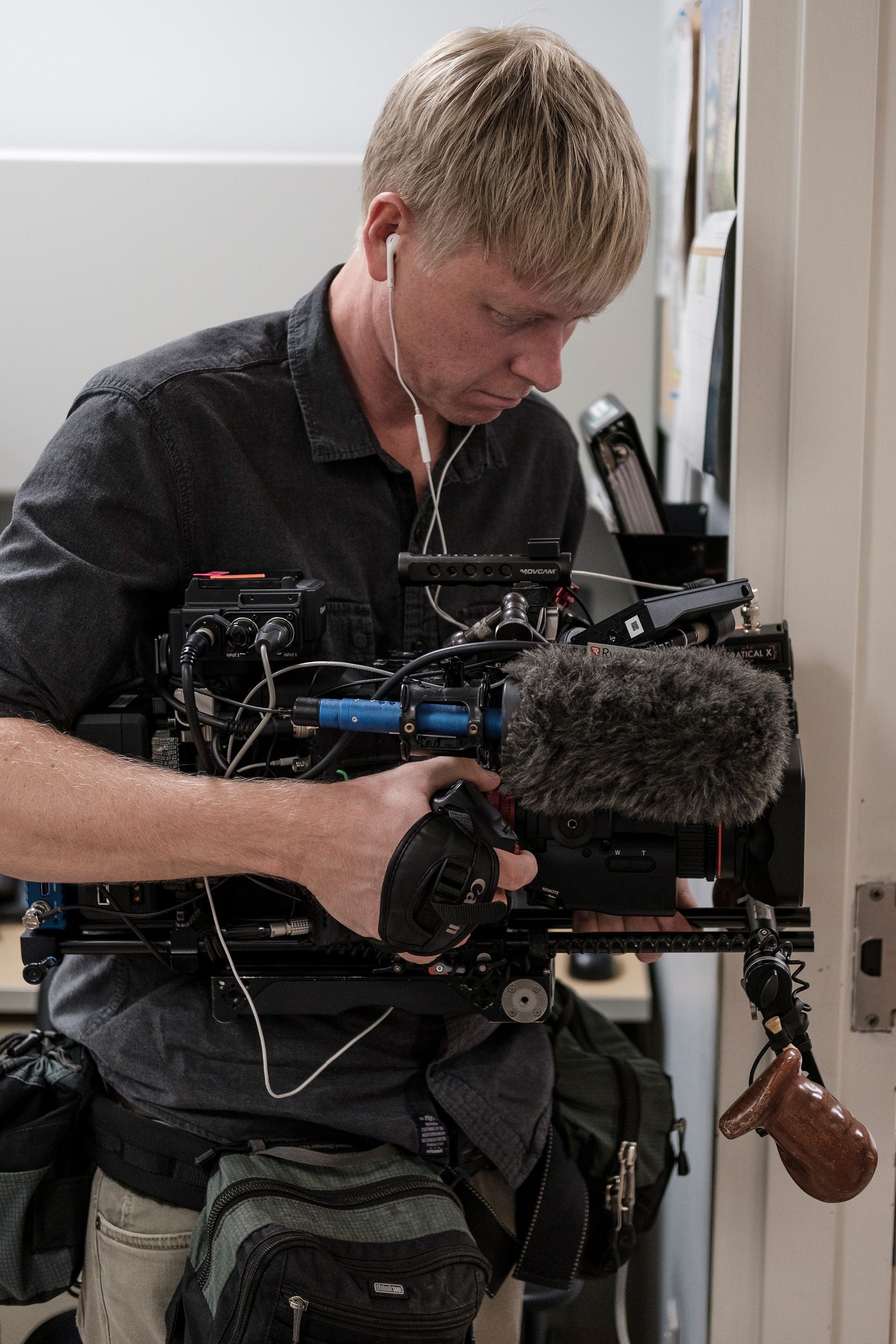
You mentioned earlier that you actually worked for AbelCine when you were just starting out?
MP: AbelCine has been a huge supporter of my career from the beginning. My first job after college was with Abel - cleaning cases in the back of the rental department. After a couple years, I worked my way to Rental Floor Manager. After leaving to go freelance, they have always been there for me. Whether its buying or renting gear for a project, talking through ideas with their incredibly knowledgeable staff or conducting tests, I have always relied on AbelCine for my camera needs.
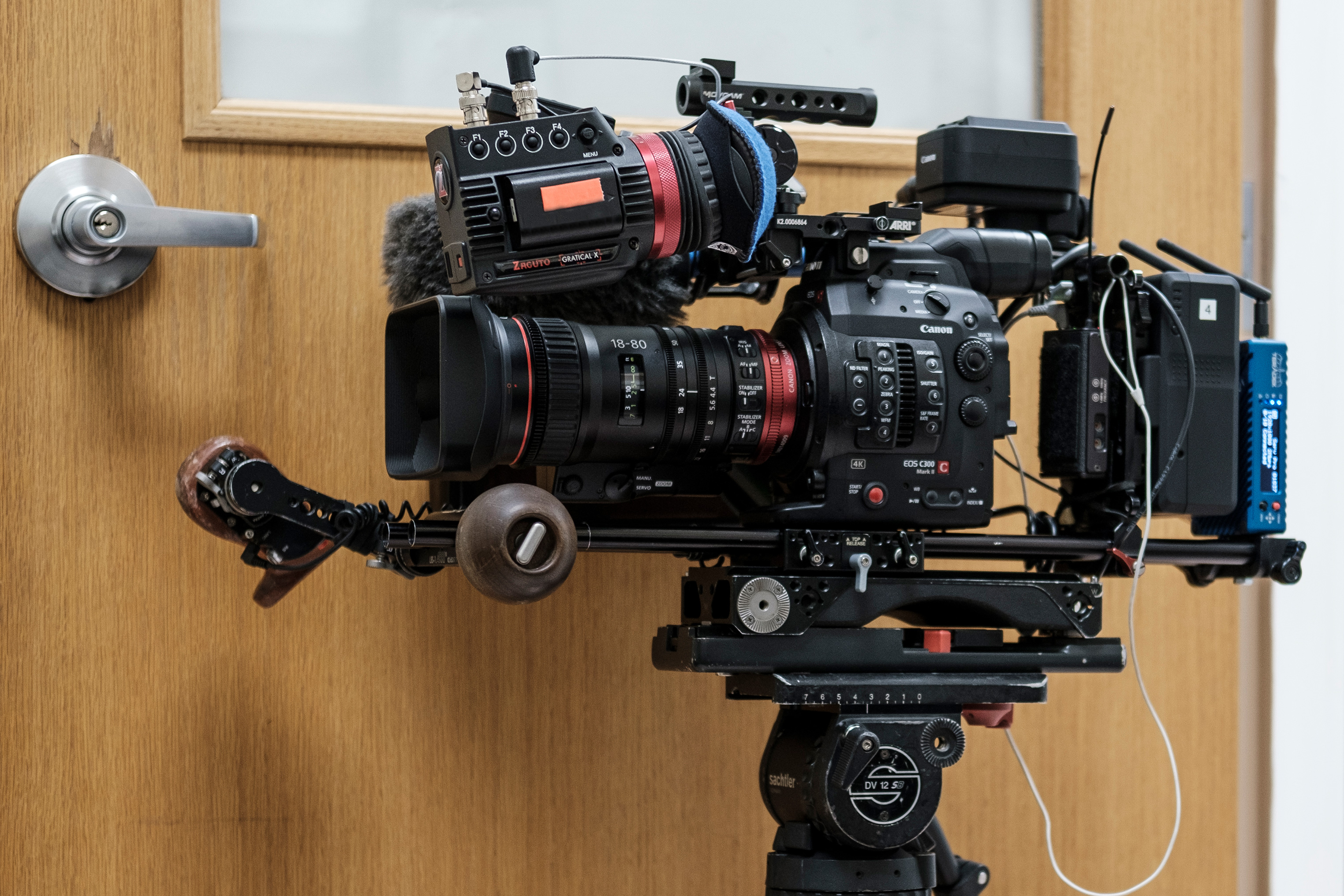
What would you tell someone who was on the fence about using the C300 MK II on their next project?
MP: I love the C300 MKII and I love rigging it out. I’ve gone through many iterations before landing on my current setup, and I’m sure it’ll be different in the future. My advice with rigging any camera is to first spend time with the camera. Figure out how it works for you and how it works against you. Once you know this, the rigging is relatively easy. Find ways to make the camera a comfortable extension of your body. This is where AbelCine can come in. Ask for their help, tell them what and where you have issues, and they will be able to offer a wide range of choices that will get you going.

Do you have any advice for someone just beginning their cinematography career?
MP: Personally speaking, I feel I’m the cinematographer I am today because I first watched and learned from those who really knew what they’re doing. Camera assisting is the best way to become a solid cinematographer. Watch the choices DPs make and what factors led them to that conclusion. File it away, and chances are you will find yourself in a similar predicament down the road. You will be overjoyed to know you now have the foundations to approach the challenge in your own style.
About Matt Porwoll
Matt Porwoll is an Emmy award-winning cinematographer based in New York. His work has screened theatrically, appeared on TV networks such as Showtime, HBO, CNN, A&E, and PBS, as well as online outlets including Vogue, Glamour, Wired, Teen Vogue and W Magazine. Porwoll recently served as the series cinematographer on Showtime’s The Trade, a 5-part documentary series about the opioid epidemic. The feature documentary Cartel Land, which Matt shot and co-produced, won Best Cinematography awards at the 2015 Sundance Film Festival, 2016 Cinema Eye Honors and 2016 Primetime Emmys. The film was also nominated for an Academy Award for Best Documentary Feature.
Matt has served as an additional cinematographer on numerous other films, including City of Ghosts and Escape Fire: The Fight to Rescue American Healthcare, directed by Academy Award-nominated director Matthew Heineman, HBO’s Emmy-nominated By the People: The Election of Barack Obama, and HBO’s Crisis Hotline: Veterans Press 1, which won the 2015 Academy Award for Best Documentary Short.
To see more of his work, visit mattporwoll.com

















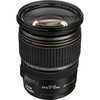

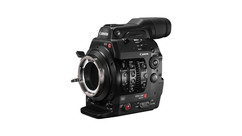
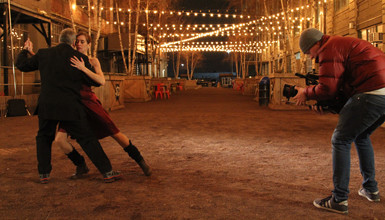
AbelCine encourages comments on our blog posts, as long as they are relevant and respectful in tone. To further professional dialog, we strongly encourage the use of real names. We reserve the right to remove any comments that violate our comment policy.
AbelCine publishes this blog as a free educational resource, and anyone may read the discussions posted here. However, if you want to join the conversation, please log in or register on our site.
We use Disqus to manage comments on this blog. If you already have a Disqus account registered under the same email as your AbelCine account, you will automatically be logged in when you sign in to our site. If not, please create a free account with Disqus using the same email as your AbelCine account.